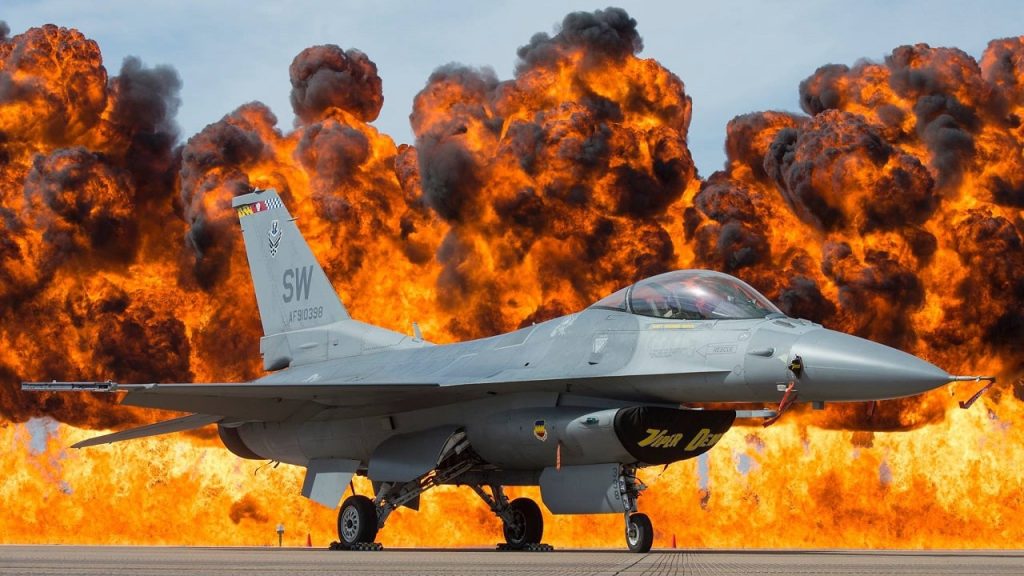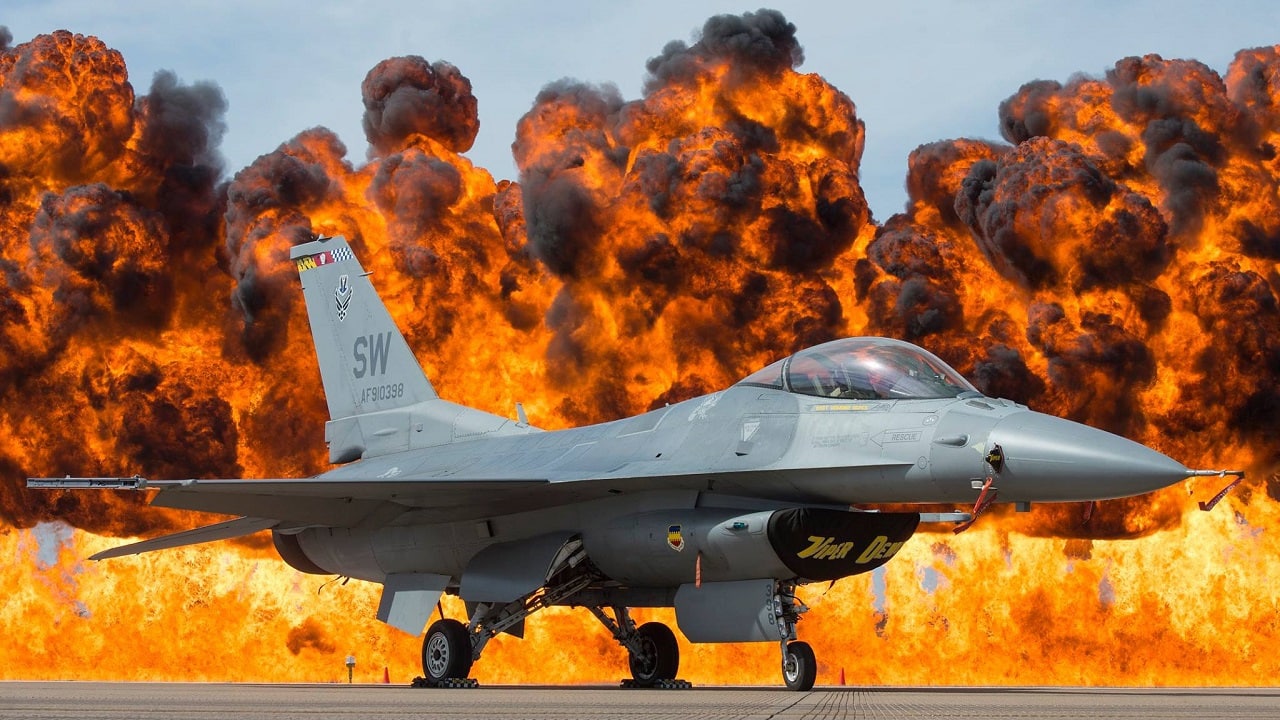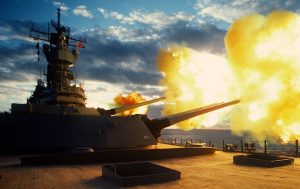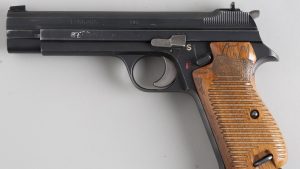
“What happened to the US Air Force’s F-13 or F-17 fighters?
It may often be challenging to understand what a piece of military equipment is called. Take the M1 as an example. The M1 Abrams main battle tank (MBT) comes to mind when discussing armoured vehicles, but there was also the M1 armored car and M1 Combat Car. The M1 Thompson, M1 rocket launcher “bazooka submachine gun, ” M1 flamethrower, M1 bayonet, and M1 steel helmet were all available, adding to the confusion.
In the latter instance, the M1 Abrams replaced the M60 MBT, and the M1 helmet substituted the M1917A1 helmet.
As a result, the M1 isn’t always the first piece of related military equipment.
Since the United States Army Air Force and the United States Navy weren’t always the same, combat aircraft designations were even more unclear during the Second World War.
With the advent of the Tri-Service aircraft identification system in 1962, the US military made an effort to streamline the aircraft naming system during the Cold War. A uniform system was intended to replace the many nomenclature systems, and the US Department of Defense initiated it. Almost all aircraft, whether flown by the United States Air Force (USAF), United States Marine Corps (USMC), United States Navy (USN), United States Army, or United States Coast Guard, would be given a single name (USCG). Additionally, the tri-service system often assigns designations from the X-series to experimental aircraft used by manufacturers or by NASA.
The English letters A, B, C, D, E, F, K, and L, are laser-equipped, O, P, R, S, T, U, utility, and X for the aforementioned particular study. It also featured the letters B, C, D, E, F, K, L, and U for maritime patrol, cargo, cargo bomber, bomber, trainer, and tanker.
Although not flawless, this technique has caused misunderstandings about multirole aircraft like the F-35. However, in general, an attack aircraft (A) is made mainly for air-to-surface operations, while F would be for fighters and other aircraft that may be used for assault missions. The F-111 Aardvark and F-117 Nighthawk are two examples of attack-only aircraft that continue to carry the F designation.
The F-# sequence was reset mainly by implementing the Tri-Service aircraft identification scheme. The progress of the American “Teen Series” of fighters for the US Air Force and US Navy during the Cold War occurred at the same time.
These included the McDonnell Douglas F/A-18 Hornet and its derivatives, the General Dynamics F-16 Fighting Falcon, the McDonnell Douglas F-15 Eagle, the Grumman F-14 Tomcat, and the McDonnell Douglas F-16 Fighting Falcon. But failing experimental and prototype fighters are often not regarded as belonging to the series.
Additionally, the F-13 and F-19 never received designations. The F-13 was reportedly not deployed because of the problem of “Triskaidekaphobia,” or dread of the number 13. At the same time, the F-19 is still a subject of conjecture as to whether it was an experimental aircraft that was never made public.
Additionally, it should be mentioned that Northrop was given the F-19 name while creating the YF-20 Tigershark but lobbied for an even number instead since so many Soviet aircraft at the time had odd numbers!
Although the F-17 was never produced, Northrop Aviation did develop the YF-17 Cobra as a prototype lightweight fighter for the United States Air Force’s Lightweight Fighter (LWF) technology assessment programme in the late 1960s.
Numerous in the fighter community considered that the F-15 Eagle was too giant and costly for many combat tasks, which is why they started that programme. Thus, the N-102 Fang in 1956 and the F-5 family led to the YF-17, the climax of a lengthy series of Northrop designs. However, despite losing to the F-16 Fighting Falcon in the competition, the YF-17 was chosen for the new Naval Fighter Attack Experimental (VFAX) programme.
The F/A-18 Hornet, which was accepted by the US Navy and US Marine Corps to substitute the A-7 Corsair II and F-4 Phantom II and to accompany the more costly F-14 Tomcat, was created by Northrop, working with McDonnell Douglas.
Two FY-17 prototypes are still on display today, one at the Battleship Memorial Park in Mobile, Alabama, and the other at the Western Museum of Flight in Torrance, California.






